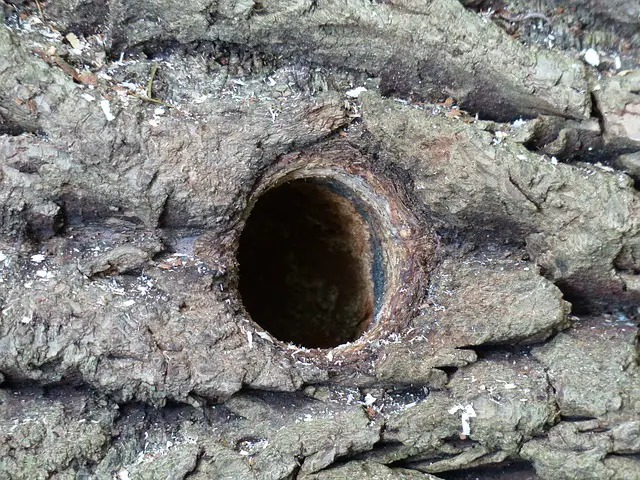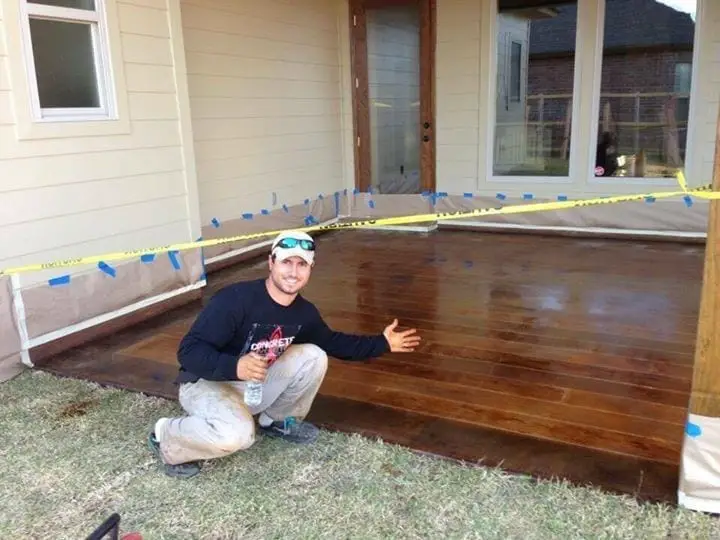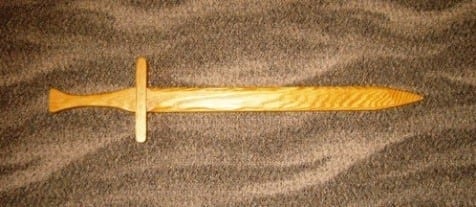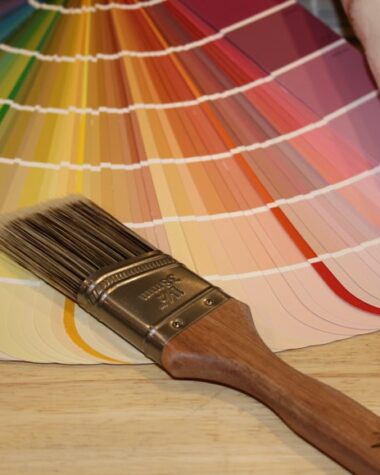Wooden furniture looks really good. When they are properly varnished and painted, they bring out a rustic and elegant charm in your living room. Sadly, they are also vulnerable to damage, chipping and breaking. Unlike metal and plastic, which are more durable, wooden objects are more prone to spoilage.
There are many reasons why your wooden furniture is falling apart. Maybe it got hit by something. Perhaps, termites have infested it. A faulty carpentry work could have also led to making an additional hole on the surface.
But do not despair. There are materials available in the market which can even out the surface of your wooden object. This will make your furniture or object look brand new.
The repairing materials in question are – wood filler and Spackle. This article will tell you how to use Spackle to make repairs on wood. You may be wondering, can you use Spackle on wood. Before answering that, you should know the difference between Spackle and wood filler.
Wood Filler vs Wood Spackle – Can you use Spackle on Wood?
Many people are confused between a wood filler and a Spackle. In their defense, both these substances are very similar. But they have some obvious differences as well. In this section, you will learn how a Spackle differs from wood filler.
Wood filler is used to restore any wooden substance. Any imperfection can be filled out by wood filler like dents, cracks, holes (created by nails) and more. A Spackle also works as a restorative substance, filling up holes, cracks and dents. But unlike wood filler, the application of Spackle stretches beyond wood.
A Spackle can be used for multiple materials. These include masonry, wood, plaster, plastic, metal and more. It is amazingly versatile. Wood filler, on the other hand, can only be applied on wooden objects.
When it comes to drying up, Spackle tends to dry up faster than wood filler. This makes Spackle a time-saver. The two substances also differ in their composition. Elements like epoxy, polyurethane and clay combine to form wood fillers. Spackles are made up of gypsum powder and binders. To further boost their restorative abilities, some shackles include compounds made of vinyl spackling.
Uses of Spackle
Some experienced users prefer spackle to fillers. They claim that Spackle works in a seamless way to fill holes, dents and cracks. So in this case, it is not a question of can you use Spackle on wood. Instead, the correct question is what all can you fix with a Spackle.
Spackle can be used for the following purposes –
- It can fill up holes and gouges on the exterior areas of wood.
- It can repair dents and holes caused by the use of nails on wooden furniture.
- It can remove the grooves from wood paneling completely.
- It can be used on wooden joints, especially before a paint job.
- It can be applied on wood that has been painted already to make repairs. But ensure that you repaint the surface after applying the Spackle.
Equipment Required
Can you use Spackle on wood, is better answered with the use of the right tools. Here are the things you will require –
- A Sanding Block
- A Piece of Cloth (Should be Clean)
- A Putty Knife
- Soap and warm water (for cleaning later)
Instructions on using Spackle on Wood
Now that the question “can you use Spackle on wood” has been answered, you would want to know how to use Spackle on wood.
Simply follow the steps mentioned below to get started:
Step 1: Preparation

First, you need to make preparations for the area where you want to apply the spackle. With the help of the sanding block, sand the jagged uneven imperfections around and inside the hole (or crack). Do not be harsh, do it lightly with care. Use the clean cloth to remove leftover dust from the hole or crack.
Step 2: Taking out the Spackle

Open the Spackle container. With the help of a putty knife, scoop out the Spackle. Putty knives can vary in size, ranging from three-quarters to four inches. Ensure to take out a sufficient amount of Spackle which will completely cover the hole or crack that you are trying to repair.
Step 3: Applying the Spackle

Using the putty knife, apply the Spackle scoop over the area that needs repairing. Be careful while pasting the Spackle to avoid dropping the substance on the floor. Push the Spackle gently into the hole or crack. With the putty knife, press over the filled area. If there is excess Spackle left around the edges, use the putty knife to scrape it off.
Step 4: Finishing Touches

Before applying any finishing touches, ensure that the Spackle has dried up. This might take some time so wait patiently. Once the Spackle is absolutely dry, you can begin wrapping up. With the help of the sanding block, scrape off any uneven or overages edges. Do this gently as you do not want to risk damaging the freshly applied Spackle. If you notice any dust in and around the Spackle, use a wet cloth to clean it off.
In case you feel that the hole or crack needs more Spackle, put it. This can happen because the Spackle substance tends to shrink a little on drying.
Step 5: Aftermath

That is it! Once you paste the Spackle and even out the leftover area, you have successfully resolved the doubt, “Can you use Spackle on wood?” Before you call it a day, tidy up around you. The putty knife should be washed with soap and warm water. Set the knife out to dry. Do not forget to close the Spackle container lid tightly. This will prevent the material from drying, making it available for future use.
In Conclusion
So, can you use Spackle on wood? Absolutely! Just remember that it takes about an hour or two for the spackle to dry on wooden surface. Some brands dry up quicker. Choose the Spackle which suits you. Besides, spackle is ready-to-use. With minimal preparations you can easily repair rents, holes and dents in wood. You should definitely give this restorative substance a shot.







